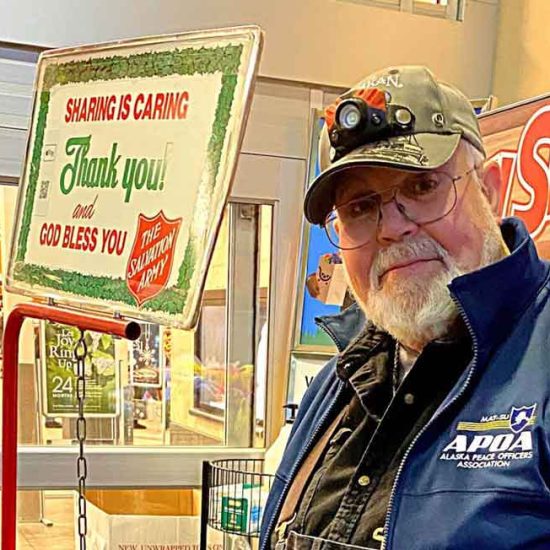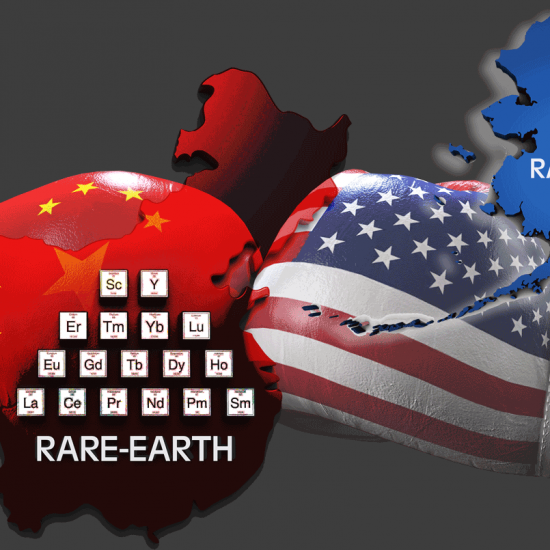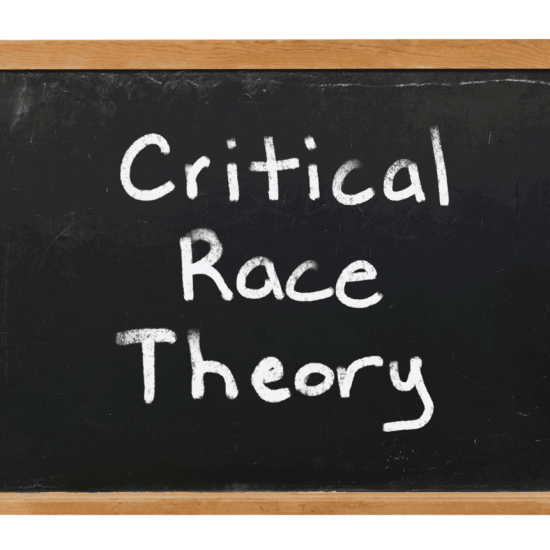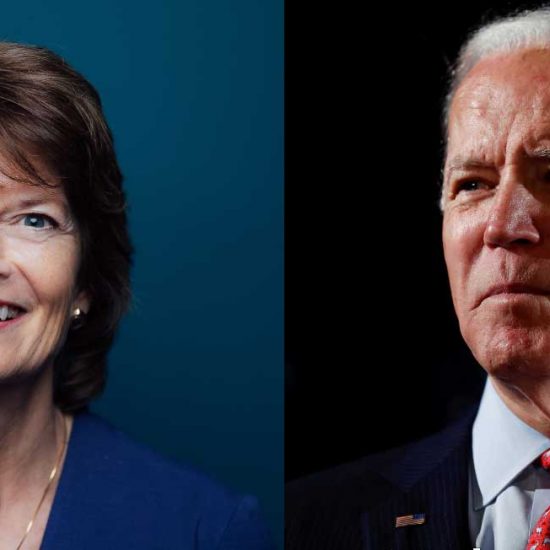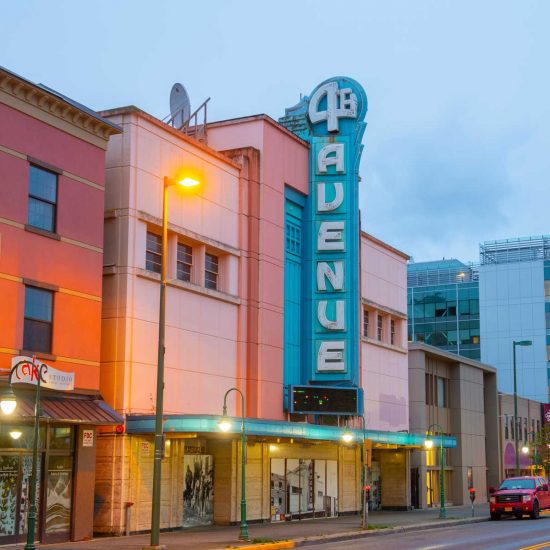
James Barker was a technical photographer, working with Washington State University’s Division of Industrial Research in Pullman, Washington, when he received an unexpected phone call from a colleague: the university had pulled emergency funds together to send three representatives to Selma, Alabama, in anticipation of the third march organized by Dr. Martin Luther King, Jr., and the Southern Christian Leadership Conference (SCLC). The WSU group would join tens of thousands of others from around the country, compelled to join King and civil rights marchers after the violent outcome of the first march, dubbed Bloody Sunday, had left 17 marchers injured at the hands of state and local police.

Barker, who spent his weekends and vacations conducting photographic studies of people (migrant workers in Yakima, for instance, or a redevelopment area in San Francisco) had been shortlisted. If he were selected to attend the march, his colleague told him, he’d be on a plane that evening bound for the Deep South.
“I was aware of the kind of violence that was pictured of the attempt of the first march, but of course, it was a long ways away,” Barker says. 
“It all happened extraordinarily quickly. The first thing I did [after the call] was go to the refrigerator and see if there was enough film. I was operating in an utter frenzy, wondering what to carry in order to be able to be portable and move very quickly.”
Later that day, Barker found out that he had been selected by the university to travel to Selma. In preparing to head to Alabama, Barker chose his photography equipment carefully, optimizing for simplicity and ease of movement. He took a single Leica with a moderate wide angle lens, which allowed him to take photographs up-close, from inside the march. “My involvement was more of a participant observer, not a press person looking from the outside thinking what kind of story can a photo generate,” he says.






